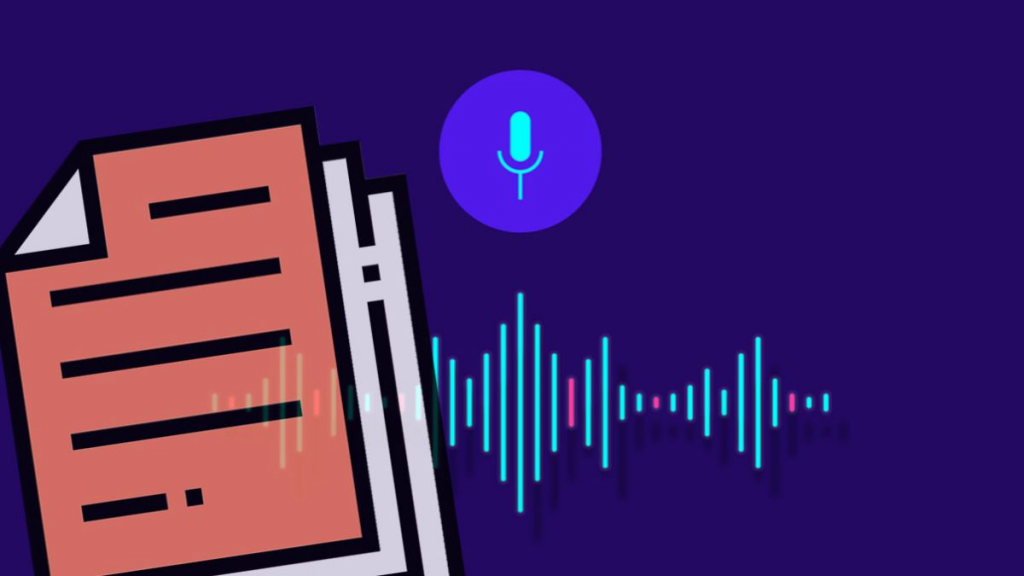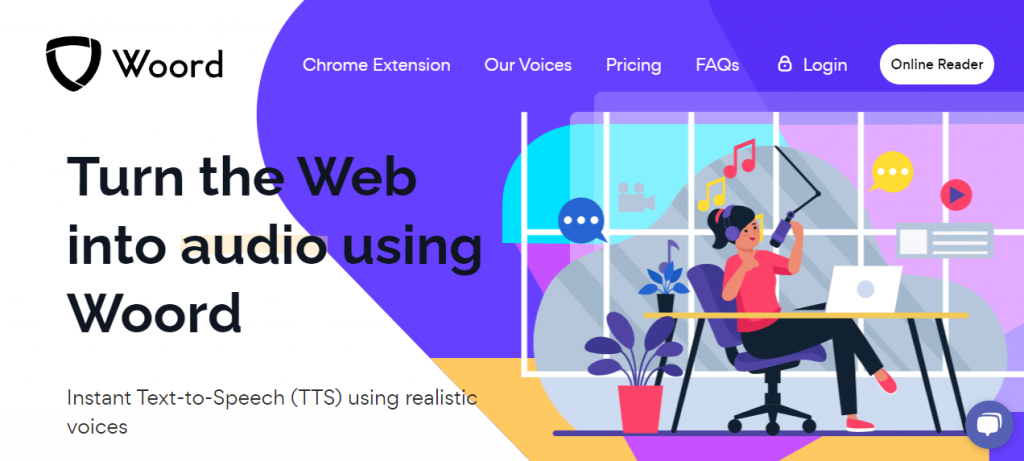In today’s fast-paced digital world, information is constantly being generated and consumed. However, not everyone has the ability to read or process written text at the same pace or with the same level of ease. This is where text-to-speech (TTS) technology comes in, allowing written content to be transformed into spoken words that can be easily understood and consumed by a wide range of individuals.
What are the applications of text to speech? This technology has a wide range of applications, from improving accessibility for individuals with visual impairments to enhancing the user experience of digital platforms. The best text-to-speech API on the market right now is Woord.

Some Tips For Using The Best Voice Generator API: Woord
- Don’t use abbreviations
Spell out words to make sure they’re pronounced correctly.
- Double-check spelling
The TTS voice will read the script text exactly as it is written, errors and all, so make sure to double-check your script for spelling mistakes and typos.
- Adjust the spelling
If a correctly spelled word isn’t pronounced the way you want, try spelling it phonetically or adding hyphens between syllables. For example, Articulate vs. Articu-late.
- Use punctuation
Make sure to use a generous amount of periods and commas. TTS writing tends to use commas for “breathing room” and clarity. If you would pause momentarily while speaking, insert a comma. If you need longer pauses, convert your text to speech, then open the clip in the built-in audio editor and insert silence where it’s needed.
- Preview audio clips
One of the most important things you can do is preview each and every audio clip. Listen carefully to how each one sounds. You might then want to make some tweaks to get a specific sound.
Why Do We Recommend Woord?
Woord is a service that allows developers to convert text into speech.
This enables you to listen to any text you want and create applications that can read aloud any text; such as news articles, product descriptions, or even animated series scripts. The text can be in any format as long as it’s understandable by computers. It can be plain text, XML, JSON, or even programming code.
The API then processes the text and returns a response in a format that can be used by your application. This response may be in the form of an audio file that you can play back; or a string of commands that you can use to control a voice synthesizer.

What Are The Use Cases Of This API?
With Woord, you can bring your applications to life, by adding life-like speech capabilities. For example, in E-learning and education, you can build applications leveraging this API’s Text-to-Speech (TTS) capability to help people with reading disabilities.
Also, you can use it in announcement systems in public transportation and industrial control systems for notifications and emergency announcements. There are a wide range of devices such as set-top boxes, smart watches, tablets, smartphones and IoT devices, which can leverage Woord for providing audio output.
Another application of this API is in telephony solutions to voice Interactive Voice Response systems. Applications such as quiz games, animations, avatars or narration generation are common use-cases for cloud-based TTS solutions like Woord.
How To Use This API
To convert text into audio with Woord, all you have to do is:
1. Open the API and paste in the text or URL you want to convert to audio.
2. Select the language you want the audio to be in and the speed at which you want it to be read.
3. Once you’ve done that, this API will create an audio file that you can listen to.

